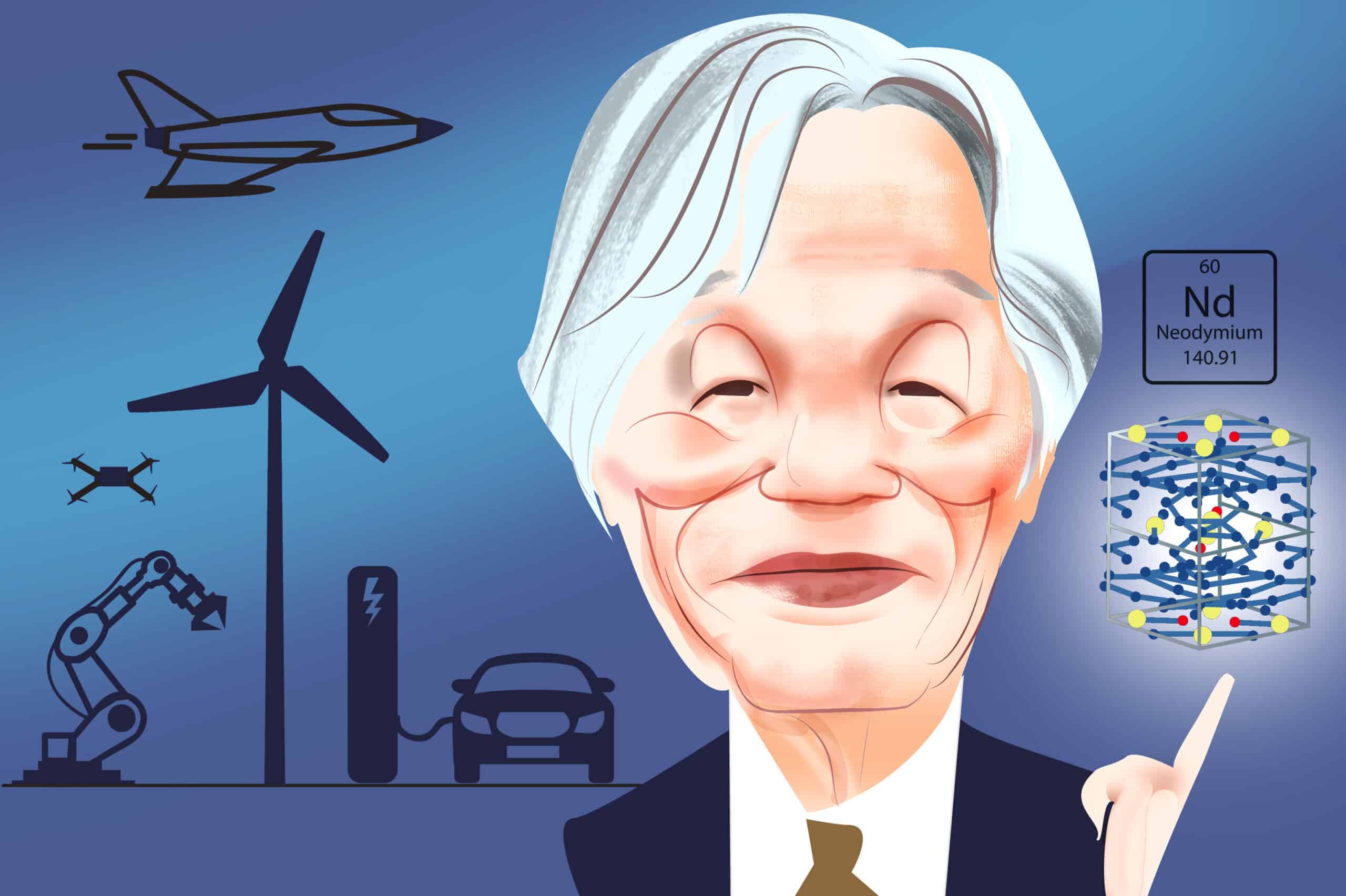Nicholas R. Lardy always has the data. He has been tracking China's economy for decades and detailing the country's growth, reforms and developments in books such as China's Unfinished Economic Revolution (1998), Markets over Mao: The Rise of Private Business in China (2014) and The State Strikes Back: The End of Economic Reform in China? (2019). After stints at the University of Washington and Yale, Lardy found a home first at the Brookings Institution, and then, in 2003, at the Peterson Instit
Navigate China's Business Landscape with Confidence.
- Gain visibility into supplier risks
- Easily manage trade compliance
- Conduct in-depth due diligence



